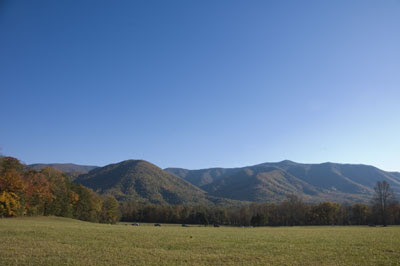The Great Smoky Mountains National Park has reported that the Environmental Assessment of the potential impacts of constructing the planned new Oconaluftee Visitor Center and has been able to issue a Finding of No Significant Impact (FONSI).
The proposed new visitor center by the Cherokee North Carolina entrance will replace the functions of the existing 1,110 square foot built in the 1930s that is serious undersized, inefficient and is not handicapped accessible.

The new 6,000-7,000-square-foot Oconaluftee visitor center facility that is planed will be far more environmentally friendly, more comprehensive in displayed materials and hopefully as handicapped accessible as the new facility on the Blue Ridge Parkway and not as deficient as the Twin Creek Science Center recently built in the Roaring Fork area off Cherokee Orchard Road.
The proposed new Oconaluftee Visitor center in the GSMNP will also have an information kiosk, a new parking area to replace the seriously under sized parking facility and the current traffic pattern will have a much smoother safer merging design bring traffic onto Newfound Gap Road (US 441).
I am also thrilled to report that the new Oconaluftee Visitor center will have a far more expansive cultural history display area including information on the Native Americans who inhabited the area prior to the parks formation. Right the park service has virtually no Native America Displays or interpretive information other than a few small signs along the Oconaluftee River Hiking Trail.
Surprisingly federal funding will not be needed to build or equip this new visitor center as 2 organizations which we strongly support will be providing the funding.
The Great Smoky Mountains Association has committed to providing $2.5 million for the visitor centers construction and the Friends of the Smokies are providing the $500,000 needed to design and create all the exhibits.
The new visitor center will be certified as an environmentally friendly building under the LEED (Leadership in Energy and Environmental Design) rating system.
Proposed environmental feature the national park service is looking into include: passive solar, a rain water cistern collecting water to flush toilets, water saving fixtures including waterless urinals and water saving water faucets and toilets, and native plants in the landscaping that require minimal water.
The roofing materials, cabinets, siding, and structural supports of the new building will all be made of recycled materials.




